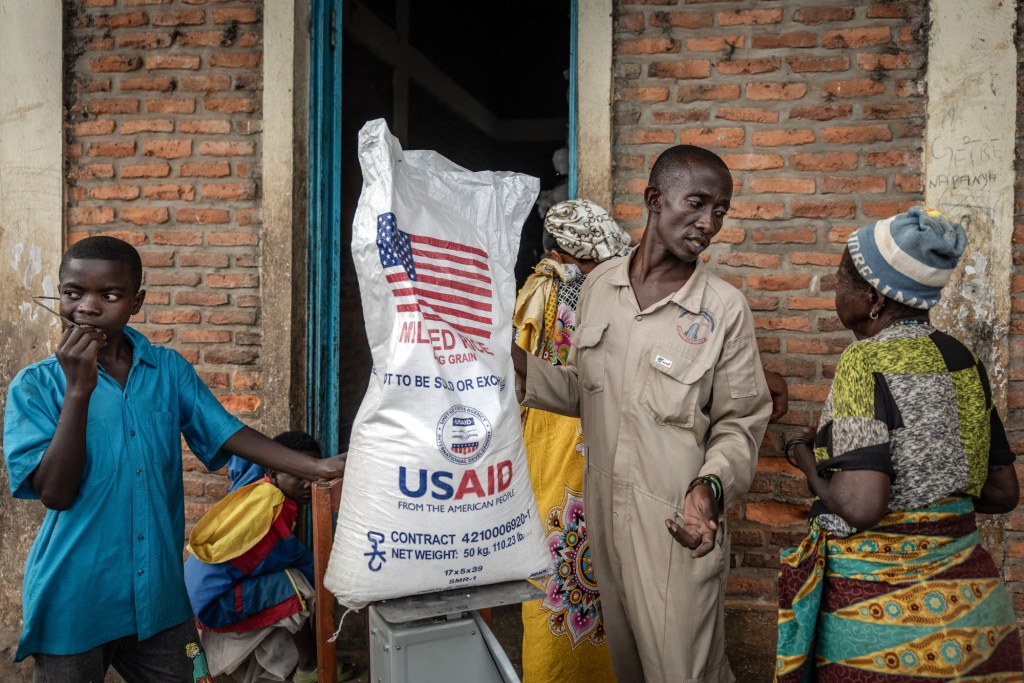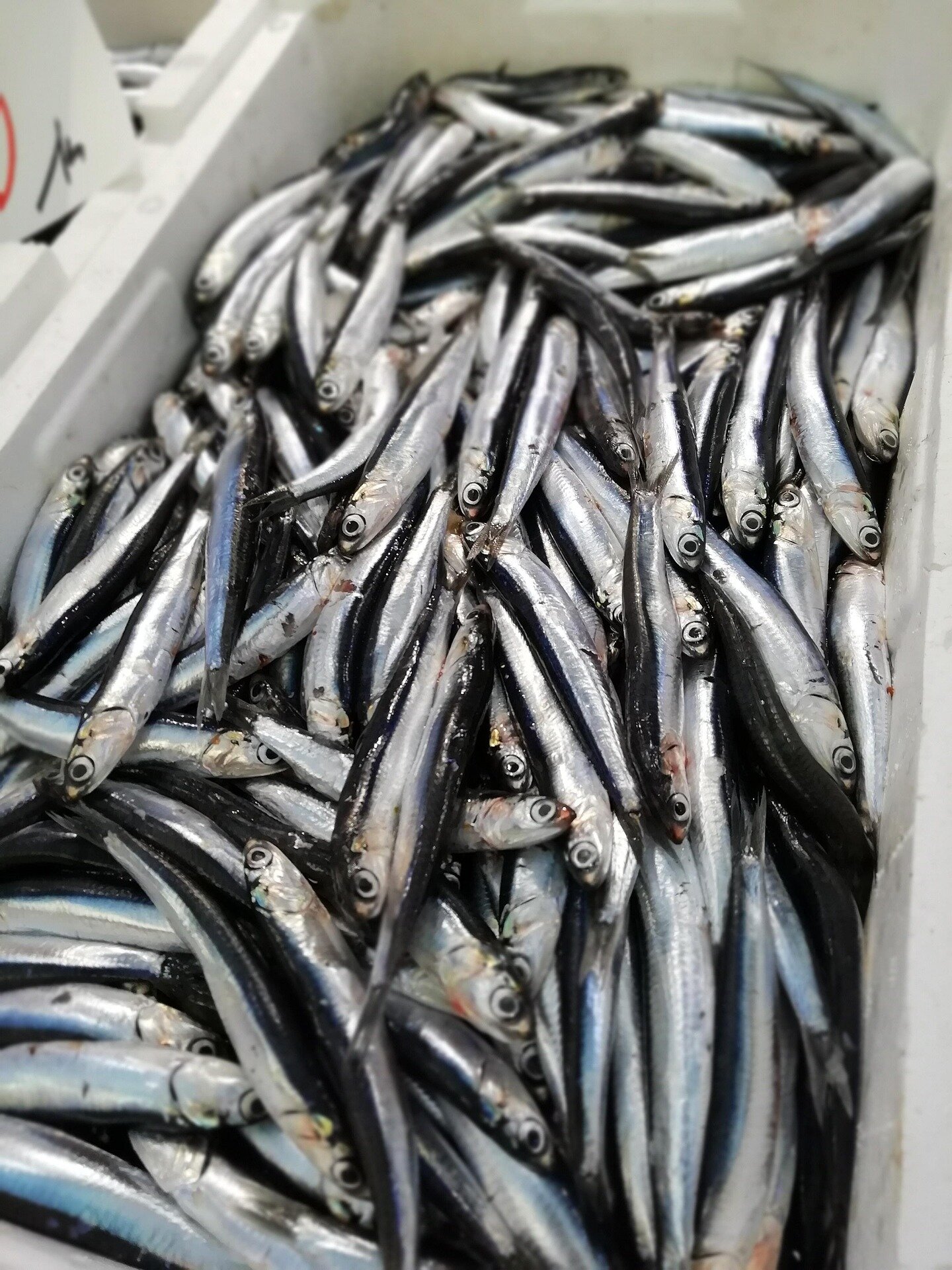Summary
LAGOS, Nigeria (AP) The World Food Programme said Friday it is suspending food and nutritional assistance across crisis-hit West and Central African countries as a result of U.S. aid cuts, which are grinding the organizations operations to a halt.
Source: Boston Herald

AI News Q&A (Free Content)
Q1: What are the main reasons behind the World Food Programme's suspension of aid in West and Central Africa?
A1: The World Food Programme (WFP) has suspended its food and nutritional assistance in West and Central Africa due to significant funding cuts, notably from the United States. This reduction in financial support has critically affected the organization's ability to continue its operations in regions that are already vulnerable and face severe food insecurity.
Q2: How does the World Food Programme contribute to global food security, particularly in crisis-hit regions?
A2: The WFP is the world's largest humanitarian organization focused on hunger and food security. It provides emergency food relief, technical and development assistance, and promotes resilience against climate change. In crisis-hit regions, the WFP's efforts include managing logistics and supply chains, offering direct cash assistance, and supporting social safety programs. Its work is crucial in areas affected by conflict and natural disasters, contributing directly to the global goal of achieving 'zero hunger' by 2030.
Q3: What impact does the suspension of WFP aid have on the affected communities in West and Central Africa?
A3: The suspension of aid by the WFP leaves millions in West and Central Africa vulnerable to increased food insecurity and malnutrition. These regions often rely heavily on international aid due to poverty, political instability, and environmental challenges. The lack of nutritional support can exacerbate health issues, lead to higher mortality rates, and destabilize already fragile communities.
Q4: What are the historical and environmental challenges that exacerbate food insecurity in Africa?
A4: Africa faces numerous challenges that contribute to food insecurity, including historical factors like colonialism and political instability, and environmental issues such as desertification, deforestation, and water scarcity. Climate change further exacerbates these problems, making it harder for local agriculture to thrive and increasing dependence on external aid.
Q5: How has the WFP addressed climate change impacts in its food assistance programs?
A5: The WFP has integrated climate resilience into its food assistance programs by promoting sustainable agricultural practices and helping communities adapt to changing environmental conditions. This includes initiatives to improve water management, soil conservation, and the introduction of climate-smart agriculture to enhance food security and reduce vulnerability to climate-related shocks.
Q6: What are the potential long-term consequences if funding to the WFP remains limited?
A6: If funding to the WFP remains constrained, the long-term consequences could include a significant rise in global hunger and malnutrition rates, particularly in regions like West and Central Africa. This may lead to increased migration, heightened conflict over resources, and a setback in global efforts to meet Sustainable Development Goals, particularly the goal of 'zero hunger'.
Q7: What strategies can international communities adopt to ensure sustainable funding for the WFP?
A7: International communities can ensure sustainable funding for the WFP by diversifying funding sources, engaging in public-private partnerships, and encouraging contributions from emerging economies. Additionally, increasing transparency in operations and demonstrating the impact of contributions can help secure long-term commitments from donors.
References:
- World Food Programme
- Africa





